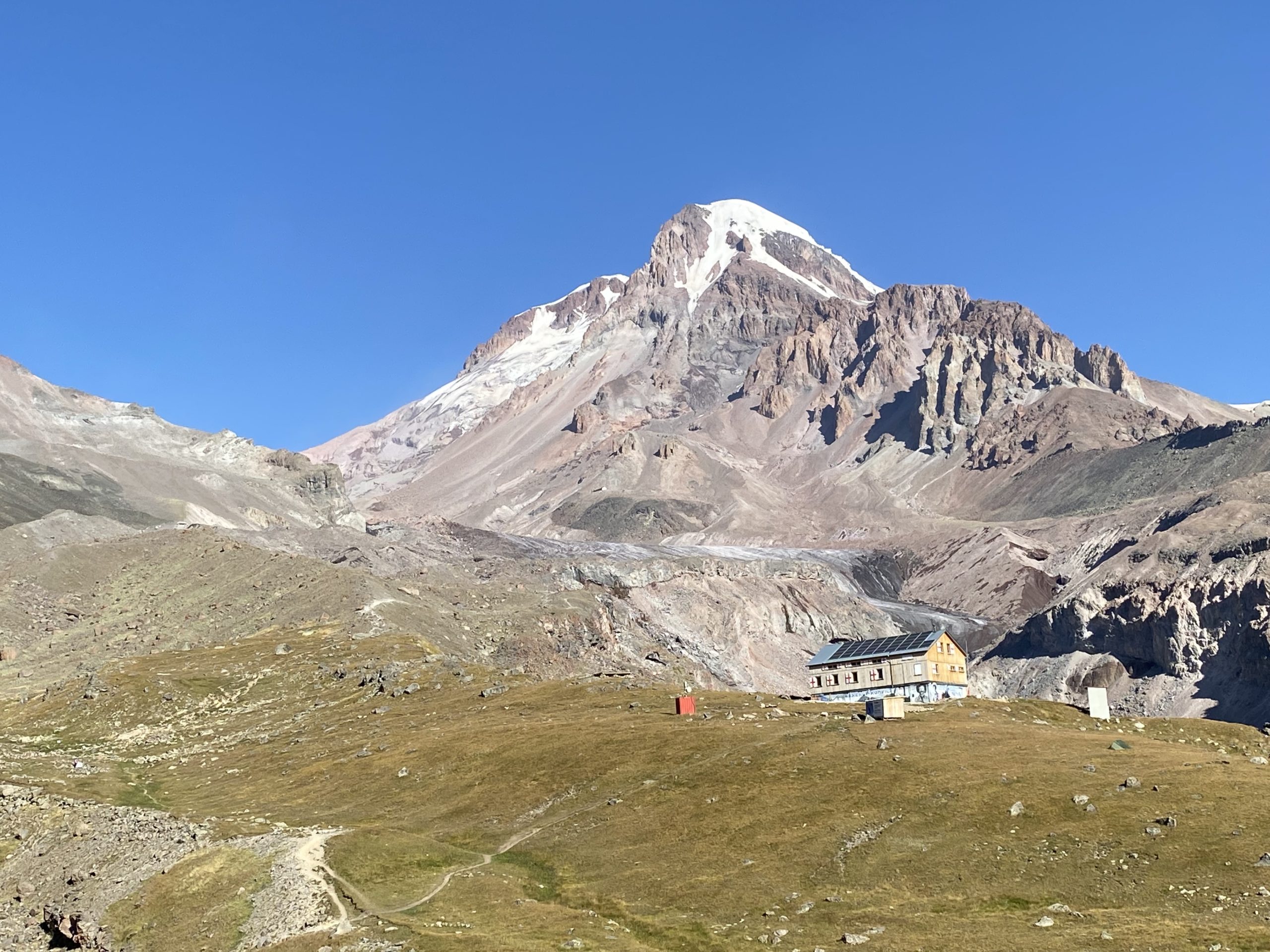Climbing Mount Kazbek requires a large quantity of specialized climbing gear. This gear list will help you understand exactly what kind of gear we are looking for with each requirement. Items available for rent with our partners at Mount Kazbek are marked “available for rent.” Required items available for purchase from our partners are marked “available for purchase.”
Climbing Gear
Main Pack (~75 Liter) 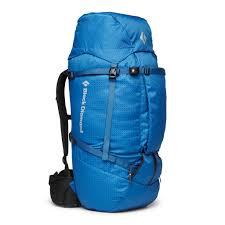
To hold all your gear – this can be sent to upper base camp via horse porter, holding the majority of your gear. And you can just use your summit day pack for the hike to base camp.
Buying Tips:
- A pack with hip and chest straps makes it much more comfortable over a long day
- There are MANY types of packs. We recommend going to an outfitter near you to be properly fitted for a backpack to ensure you properly distribute the load you will need to carry.
Summit Pack (~30 Liter) 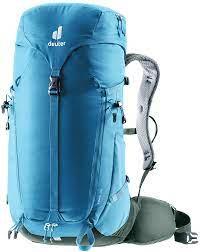
You will climb with this pack on summit day. It should be large enough to hold your extra layers and necessary climbing gear as well as water and snacks. You will also find this useful on your acclimatization hikes and the trek to each basecamp. Certain models can also be used as carry-on luggage.
Buying Tips:
- A pack with hip and chest straps makes it much more comfortable over a long day
- Ice axe attachment points make for easy stowing of your ice axe or trekking poles when not in use
Headlamp available for rent
Your head lamp is a critical piece of equipment that will light your path on your pre-dawn ascent of Mount Kazbek. You will also find it useful in finding your way to the privy/toilet at high camp. Don’t forget to pack extra batteries or a battery pack and charging cord if your model is rechargeable!
Buying Tips:
- We recommend investing in a model from a reputable brand such as Petzl, Black Diamond or Princeton-Tec. Cheaper models often struggle to emit enough light and break easily.
Climbing Harness available for rent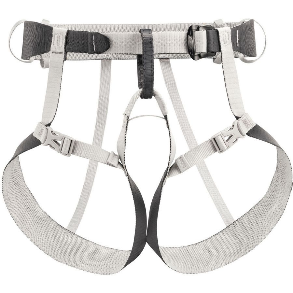
You will wear your climbing harness for the length of the summit day. We recommend a streamlined mountaineering harness over a bulkier rock-climbing harness, though the latter will work. Harnesses must be UIAA certified.
Buying Tips:
- Remember when purchasing your harness that you will be wearing multiple warm layers underneath it. Look for harnesses that are adjustable and fit you with room to spare. Consider going up a size if you are on the edge.
Locking Carabiners available for rent 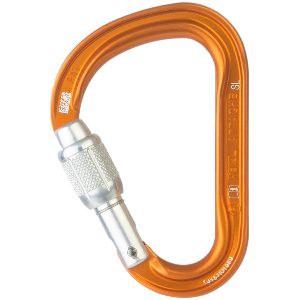
Quantity: 2
Carabiners must be locking and UIAA certified.
Buying Tips:
- Larger “pear shaped” carabiners are easier to manipulate with gloves on compared to smaller D-shaped carabiners.
Ice Axe available for rent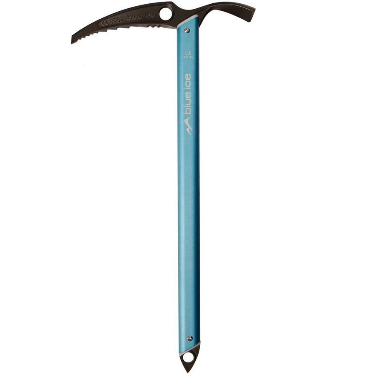
The ice axe is the classic tool of the mountaineer! It’s hard not to feel like a boss while holding one. Many brands make great ice axes. Just make sure yours fits you well.
Buying Tips:
- Pay attention to weight. Often the higher-end axes represent weight savings. A lighter axe can feel nice as you approach the summit
- Conventional climbing wisdom says you should size your ice axe so that the spike at the bottom just reaches your heel when you hold it in your hand, while standing with your arms at your sides in a relaxed position.
Crampons available for rent 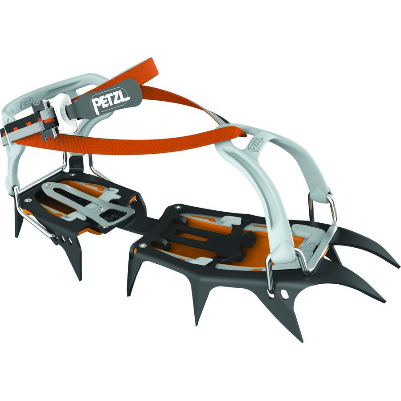
Crampons give you the traction you need to ascend the icy slopes of Mount Kazbek. These are some of the most important pieces of gear you will use.
Buying Tips:
- There are 3 different types of crampon attachment systems. It is important to pay attention to what kind your crampons have as not all crampons work with all boots! The safest bet is the kind pictured here called “strap” or “universal” crampons. These crampons will work with any mountaineering boot
Double Wall (D2 or B3) Mountaineering Boots available for rent
Your mountaineering boots are what you will wear on summit day and on your higher altitude acclimatization hikes. They are special boots with extra insulation and a rigid sole that provides a solid platform for your crampon. Full double wall (D2 or B3) mountaineering boots are required. THese are stiff boots that keep your feet protected in cold temperatures and allow most styles of crampons to securely attach to them.
Buying Tips: 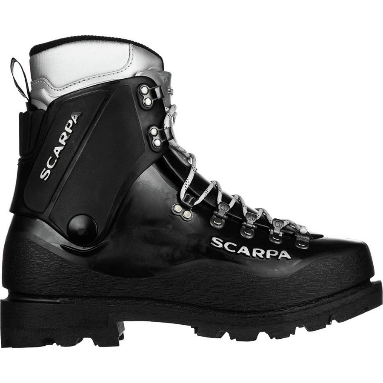
- Unless you are sure that you will be pursuing future mountaineering objectives and have used mountaineering boots before, we highly recommend you rent boots. They are expensive and not useful outside of mountaineering.
- If you do decide to buy boots, it is worth taking the time to go to a knowledgeable outfitter to try different models on and have them help you properly fit the boot.
Renting Tips:
- Our partners at Mount Kazbek recommend sizing the boots in person at a knowledgeable outfitter near you. They most often have Zamberlan Expert Pro GTX boots available, but also have Scarpa and La Sportiva models, so you may want to size all 3 brands prior to confirming your rental reservation. *Our partners cannot reserve a specific brand or model for you
- You should size boots wearing the expedition weight socks (thick) that you will wear on summit day, taking into account that there must also be 1-1.5 cm of total slack in the front. Sizing up is always better than getting a size too small.
Trekking Poles available for rent
Trekking poles are useful in conserving energy and help with stabilization during ascent and descent of the mountain.
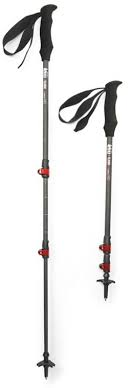 Buying Tips:
Buying Tips:
- If you are going to bring your own poles, a collapsible model is much easier to travel with and attaches to your summit pack more easily when not in use.
2-3 person tent available for rent 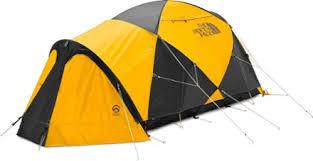
It is recommended for the tent to be mountaineering-style and suited for 4-season weather as it will often be cold and windy at basecamp.
Sleeping Bag – 0 Degree available for rent
You will need a sleeping bag for the nights you spend at basecamp. We recommend a warmth rating of 0 degrees Fahrenheit (up to -15C) as basecamp will be chilly in the evenings.
Buying Tips: 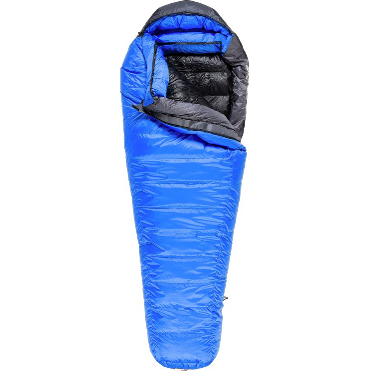
- Sleeping bags tend to be bulky and will take up a lot of space in your luggage. If you do choose to bring your own, down bags tend to pack down smaller than synthetic bags.
Renting Tips:
- Our Mount Kazbek partners offer both down and synthetic bags at appropriate temperature ratings that you can choose from based on personal preference.
Sleeping Pad or Mat available for rent 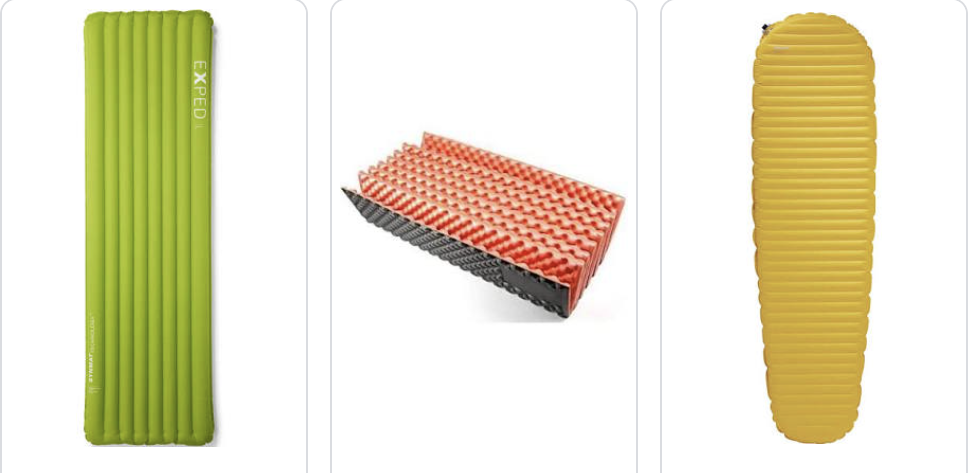
A good night’s sleep is always important, especially on an expedition like this! Our partners on Mount Kazbek offer only the standard sleeping mat for rent.
Buying Tips:
- Sleeping pads are individual specific. There are many varieties – the best option is the one that is most comfortable for you! Most outfitters will allow you to test them out before your purchase.
- Something to consider is weight and packing space. There are many pads that are lightweight and pack small, but may be less comfortable or suited only for warmer temperatures.
- Given the colder temps at basecamp (even in the summer) you may want to consider purchasing a 3-4 season pad rather than a summer only pad. Look for R-values of 3 and greater.
Reusable Insulated Water Bottle or Thermos available for rent 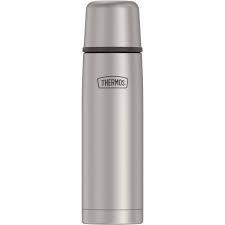
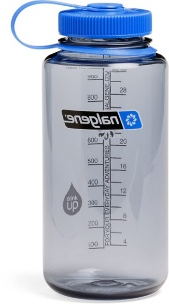
A thermos is preferable because it can hold both hot and warm temperature liquids. It is NOT recommended to use hydro-pack drinking systems (i.e. CamelBaks and similar)
Food Preparation
Camp Stove available for rent
Jet Boil or similar is recommended. You will need to boil your own water (a water source is available at each base camp).
Cooking Pot 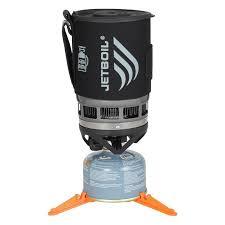
Only the gas burner is available for rent through our partners at Mount Kazbek. You will need to bring your own pot for boiling water and cooking your own freeze-dried food.
Gas Canisters available for purchase
Mess Tin & Cutlery 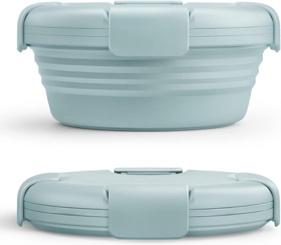
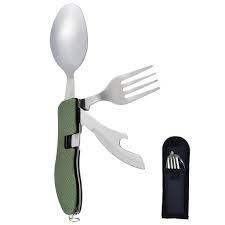
We recommend something lightweight &/or collapsible as it takes up less space in your backpack. And a spork is always a universal tool for any type of meal!
Freeze Dried Food
Unless you choose the Comfort or Affordable Luxury options you will need to provide & prepare your own freeze-dried food.
Upper Body
Hard-shell Jacket (Gore-Tex or equivalent) 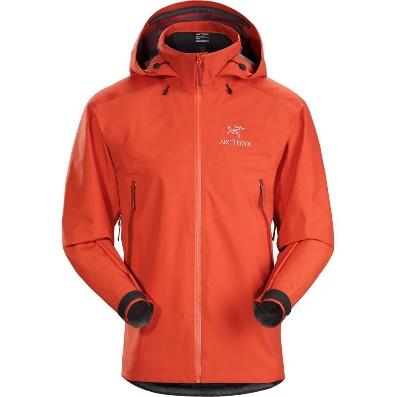
Hard shell jackets provide protection from wind and water but usually lack any insulation of their own. They are typically a little beefier than your normal rain jacket and more durable.
Buying Tips:
- This jacket is worn over multiple layers. Size large enough to wear a fleece and a mid-weight puffy jacket underneath.
- There are a number of other waterproof/ breathable jackets out there using other materials besides Gore-Tex (NeoShell by Polartec, H2No by Patagonia, and DryVent by North Face are alternatives) See a great article about jacket material here.
Expedition/Belay Parka – Heavyweight Puffy 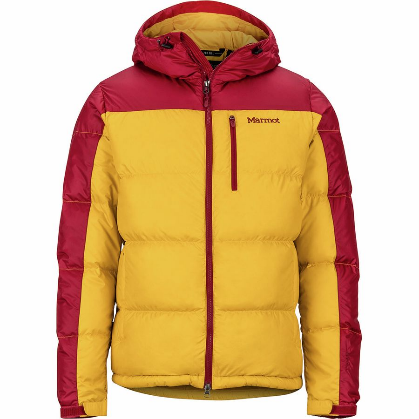
This is a heavyweight insulated “puffy” jacket that is to be worn as your outermost layer in very cold conditions. It also makes a great “mobile sleeping bag” around basecamp.
Buying Tips:
- Size it big. You are supposed to look like a marshmallow.
- If buying down, pay attention to loft and fill weight. A jacket with 500 fill power and 10 oz. of down will be warmer than a 800 fill power jacket with 5 oz. of down. For a deep dive into down jacket tech click here.
- For more suggestions on choosing an insulated jacket click here.
Insulative Jacket – Light to Midweight Puffy 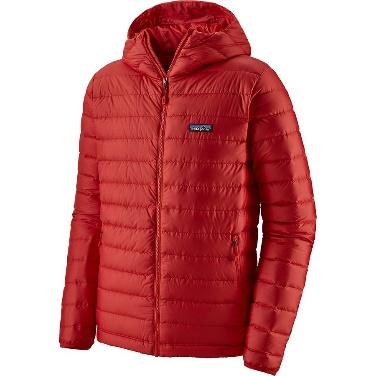
This is a lighter weight puffy jacket to be worn as a mid-layer. Can be down or synthetic.
Fleece Hoodie/ Pullover 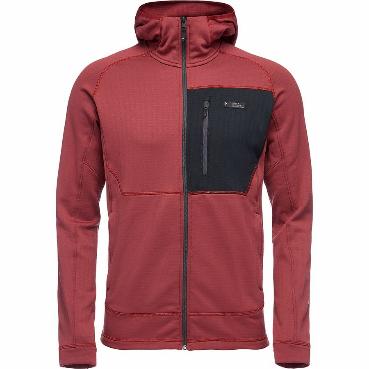
This jacket is to be worn as a mid-layer. Athletic fit is recommended. Cannot be cotton!
Synthetic Base Layer 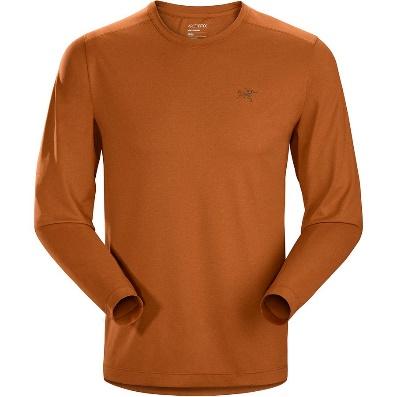
A long or short sleeve t-shirt to be worn as a base layer. Cannot be cotton. Should be some type of wicking or dry weave material.
Synthetic T-Shirts 
T-shirts for your acclimatization hikes. We recommend they not be cotton.
Lower Body
Synthetic hiking pants 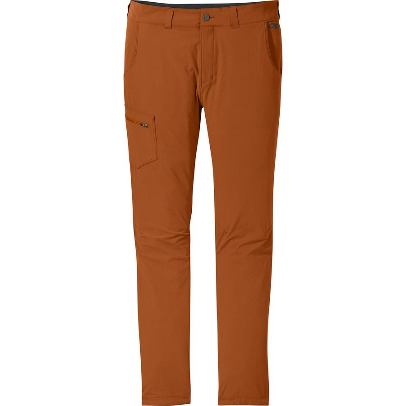
These are pants to wear while traveling and on your acclimatization hikes. We recommend pants over shorts as the summer weather in the mountains can still be cool and rainy.
Insulated pants (fleece/puffy) 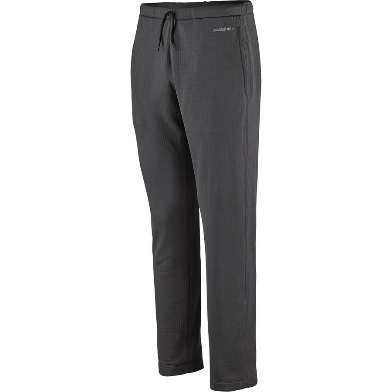
These are to wear on summit day and while relaxing at base camp. They are basically just fleece sweatpants. Once again, no cotton!
Hard-shell/snow pants 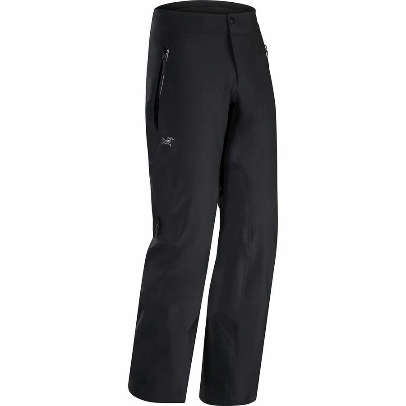
This is your outer-layer on summit day. They are a waterproof and wind resistant outer layer that will keep you warm and dry. They are thicker than rain pants and more durable. Many hardshell pants will be marketed as ski or snowboard pants though climbers tend to size them for a trim fit in order to keep excess material from being caught on crampons.
Synthetic or Wool Underwear 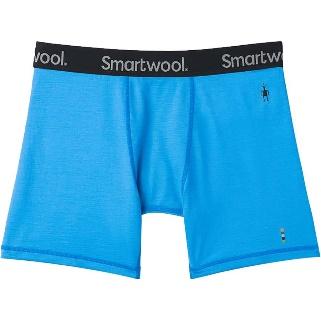
Vibrant colors and patterns recommended. Because, why not? Must be non-cotton.
Synthetic or Wool Thermal long-underwear
Your lower base layer when climbing. Synthetic and wool blends work best.
Must not be cotton.
Hands & Feet
Synthetic or Wool Expedition Weight Socks 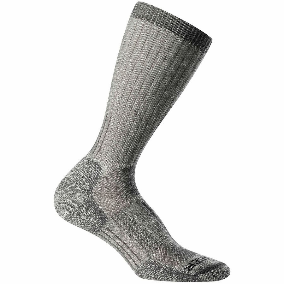
A thick wool or synthetic mid-calf sock to wear on summit day. The sock should come higher than your mountaineering boot cuff to protect your shin from chaffing. We recommend one thicker sock for summit day versus layering socks as we find it to be warmer and reduce chafing and hot spots. Must be non-cotton.
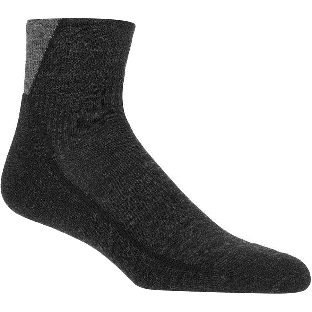 Synthetic or Wool Hiking Socks
Synthetic or Wool Hiking Socks
Socks for the rest of your trip. We always recommend non-cotton.
Hiking Boots/Shoes 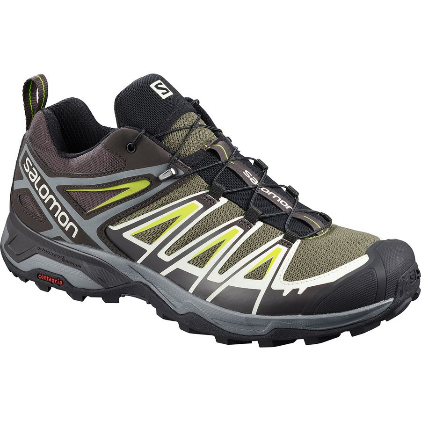
A pair of comfortable hiking boots or shoes for acclimatization hikes and travel days. Good tread is highly recommended. Waterproofing is a plus.
Gaiters (optional) 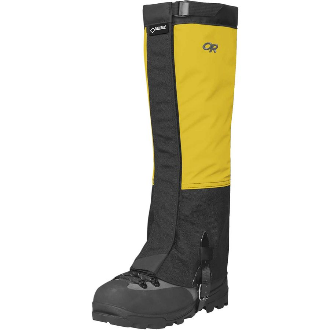
You will wear these over your pants and boots on summit day. They are useful in ensuring your feet and ankles remain dry and warm though perhaps their most valuable function is protecting your expensive hard-shell pants from accidental crampon strikes.
Camp Shoes (sneakers, sandals, crocs) 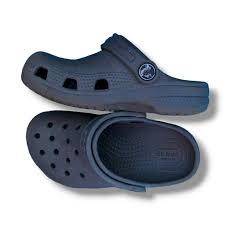
Something comfortable you can use at basecamp.
Heavy Weight Gloves 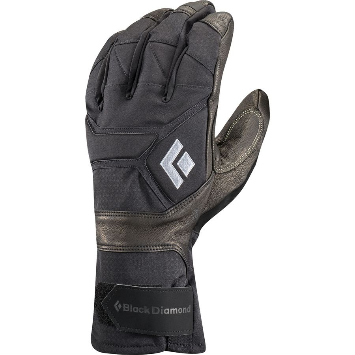
Heavy waterproof and insulated gloves for climbing. These are the same kind of gloves you would want on a cold day of skiing. You will use these on the upper reaches of the mountains.
Light/Midweight Gloves 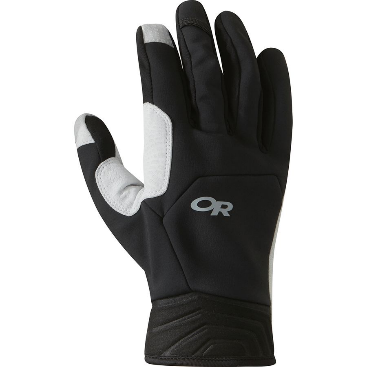
Light gloves to be worn on acclimatization hikes and on your descent on summit day. Gloves should be worn at all times while climbing so these should be light enough to keep your hands from getting too hot in warm afternoon temperatures.
Expedition Weight Mittens available for rent 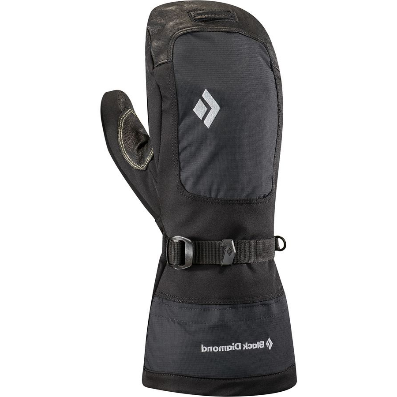
Heavy duty mittens to be worn in the pre-dawn hours of summit day and on the summit or in the event of storms. They should be roomy and very warm.
Headware
Buff/Balaclava 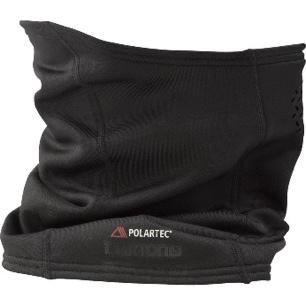
This is to keep your face warm and protected from the wind and from UV light rebounding off the snow.
Beanie 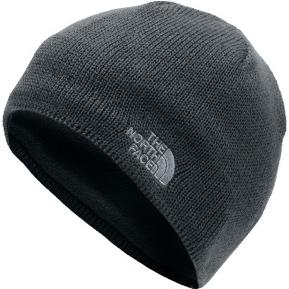
Keeps your head warm!
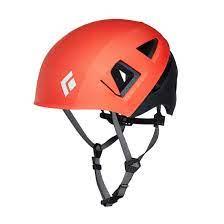 Helmet available for rent
Helmet available for rent
Category 4 Glacier Sunglasses available for rent 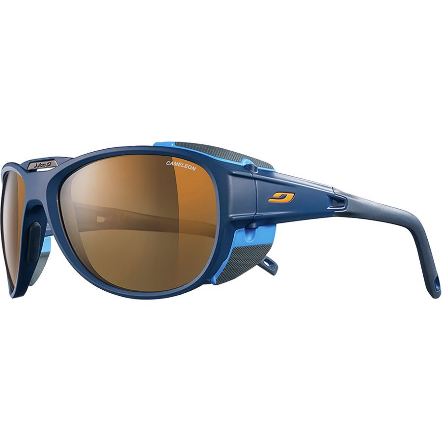
When the sun is shining on the glacier it is incredibly bright. Glasses should wrap around the sides of your head to block reflected light. UV blocking required. Polarized recommended.
Ski Goggles (optional) 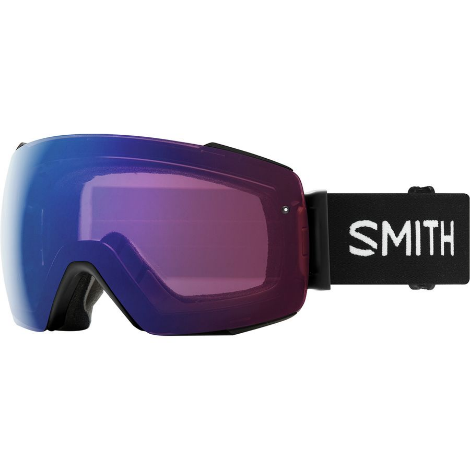
Warmer than sunglasses in stormy weather and low temperatures and less likely to fog and ice up. UV blocking & polarized recommended.

